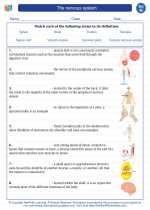Earth's Resources
Definition
Earth's resources refer to the naturally occurring substances and materials present on Earth that have economic and industrial value. These resources can be classified into renewable and non-renewable resources.
Types of Resources
Renewable Resources
Renewable resources are those that can be replenished over time, either through natural processes or human intervention. Examples include sunlight, wind, water, and biomass.
Non-Renewable Resources
Non-renewable resources are finite and cannot be readily replenished within a short period. These include fossil fuels (coal, oil, natural gas), minerals (iron, copper, gold), and non-metallic resources (sand, gravel).
Importance of Earth's Resources
Earth's resources are essential for sustaining life and supporting human civilization. They are used for energy production, construction, manufacturing, agriculture, and various other human activities. Understanding the distribution and sustainable use of these resources is critical for environmental conservation and future generations.
Conservation and Sustainability
Given the finite nature of many Earth's resources, it is crucial to manage and conserve these resources for long-term sustainability. This includes employing efficient use of resources, recycling, exploring alternative sources of energy, and promoting environmental stewardship.
Study Tips
- Understand the difference between renewable and non-renewable resources, and provide examples of each.
- Explore the impact of human activities on the depletion of non-renewable resources.
- Discuss the importance of conservation and sustainable use of Earth's resources.
- Research and present case studies on successful resource management practices around the world.
◂Science Worksheets and Study Guides Eighth Grade. The nervous system
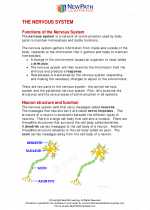
 Worksheet/Answer key
Worksheet/Answer key
 Worksheet/Answer key
Worksheet/Answer key
 Worksheet/Answer key
Worksheet/Answer key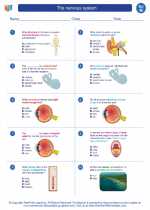
 Vocabulary/Answer key
Vocabulary/Answer key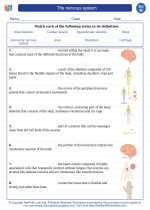
 Vocabulary/Answer key
Vocabulary/Answer key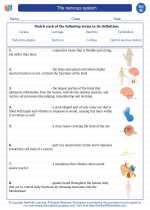
 Vocabulary/Answer key
Vocabulary/Answer key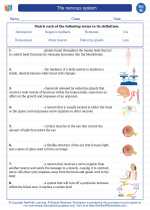
 Vocabulary/Answer key
Vocabulary/Answer key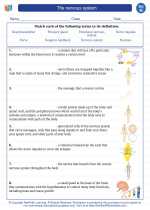
 Vocabulary/Answer key
Vocabulary/Answer key
 Vocabulary/Answer key
Vocabulary/Answer key